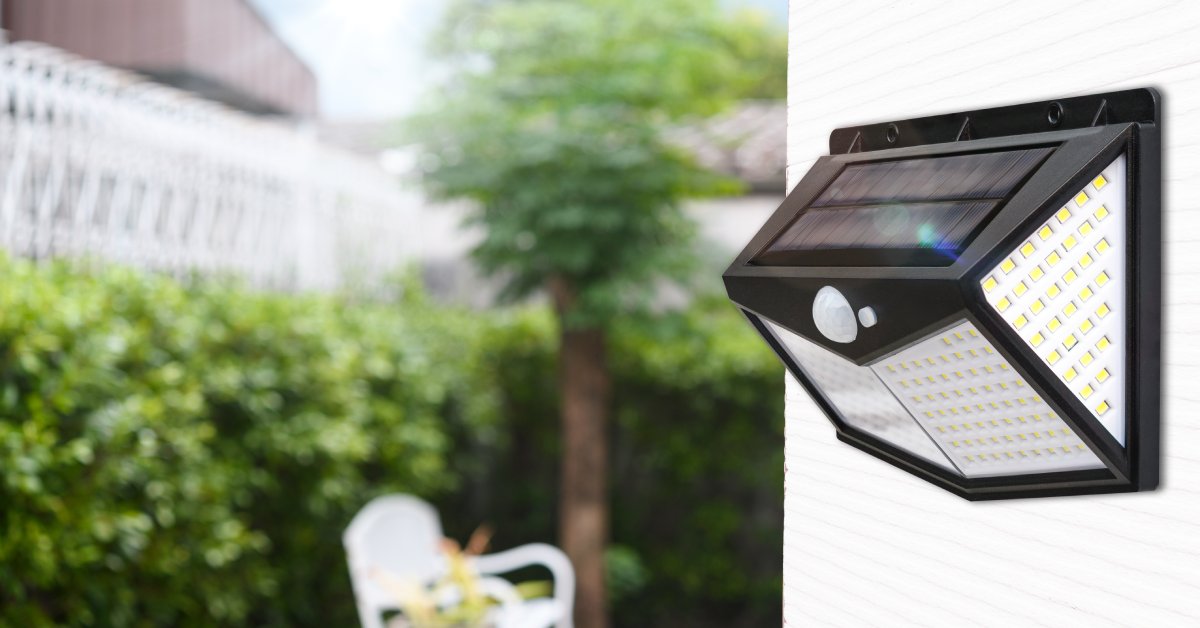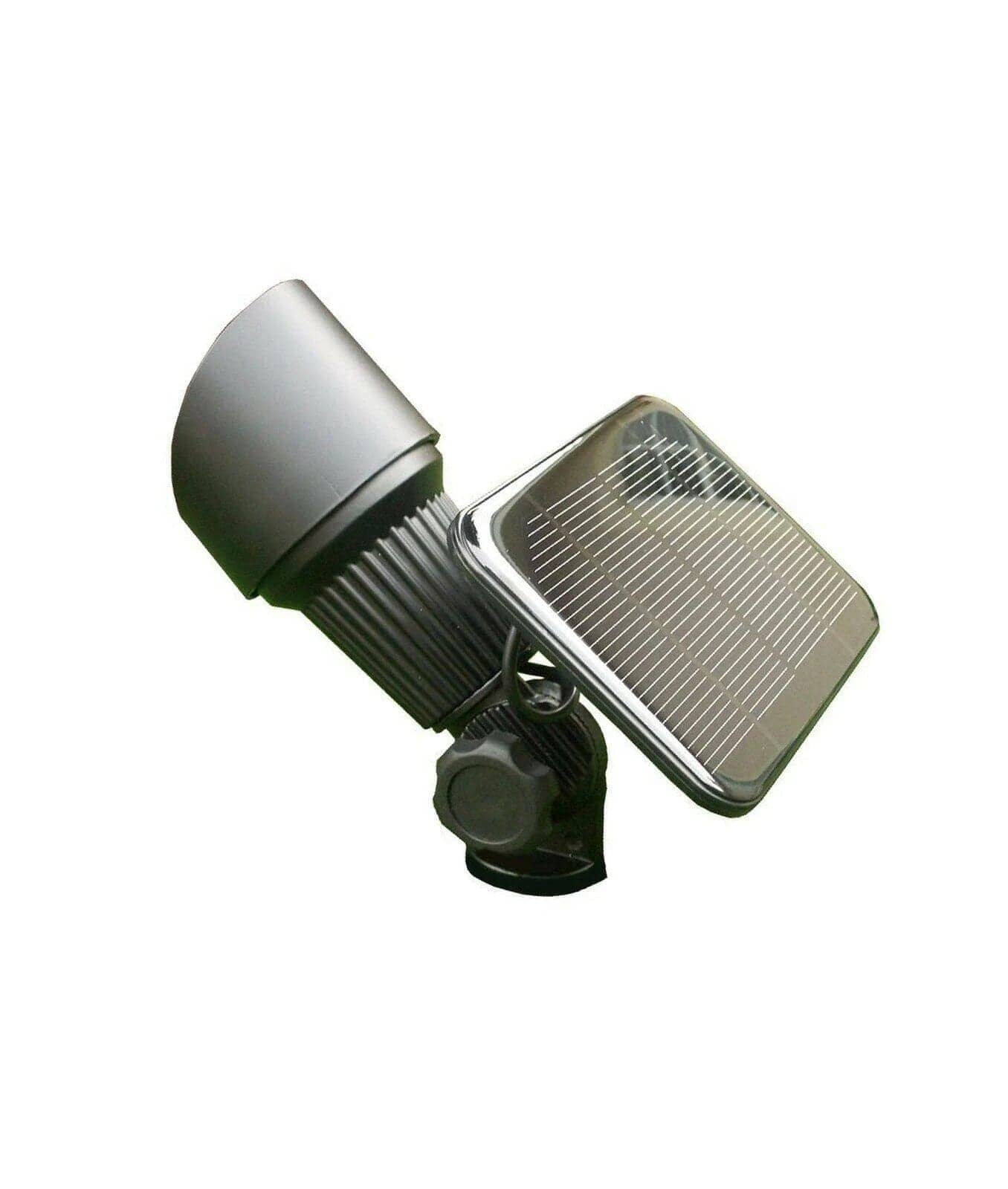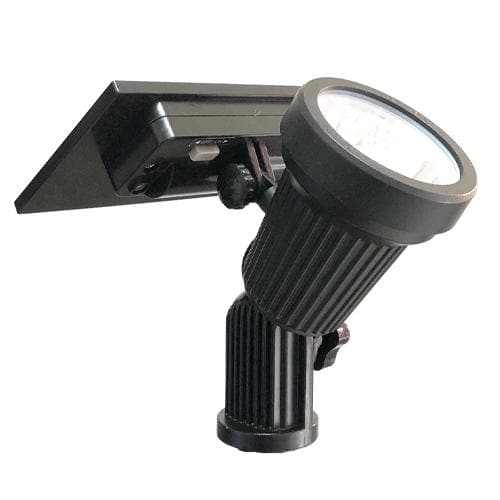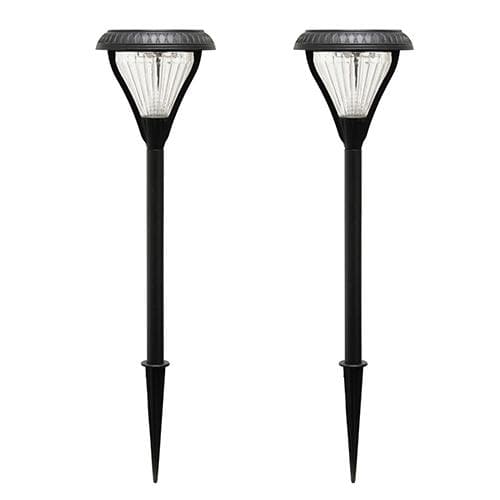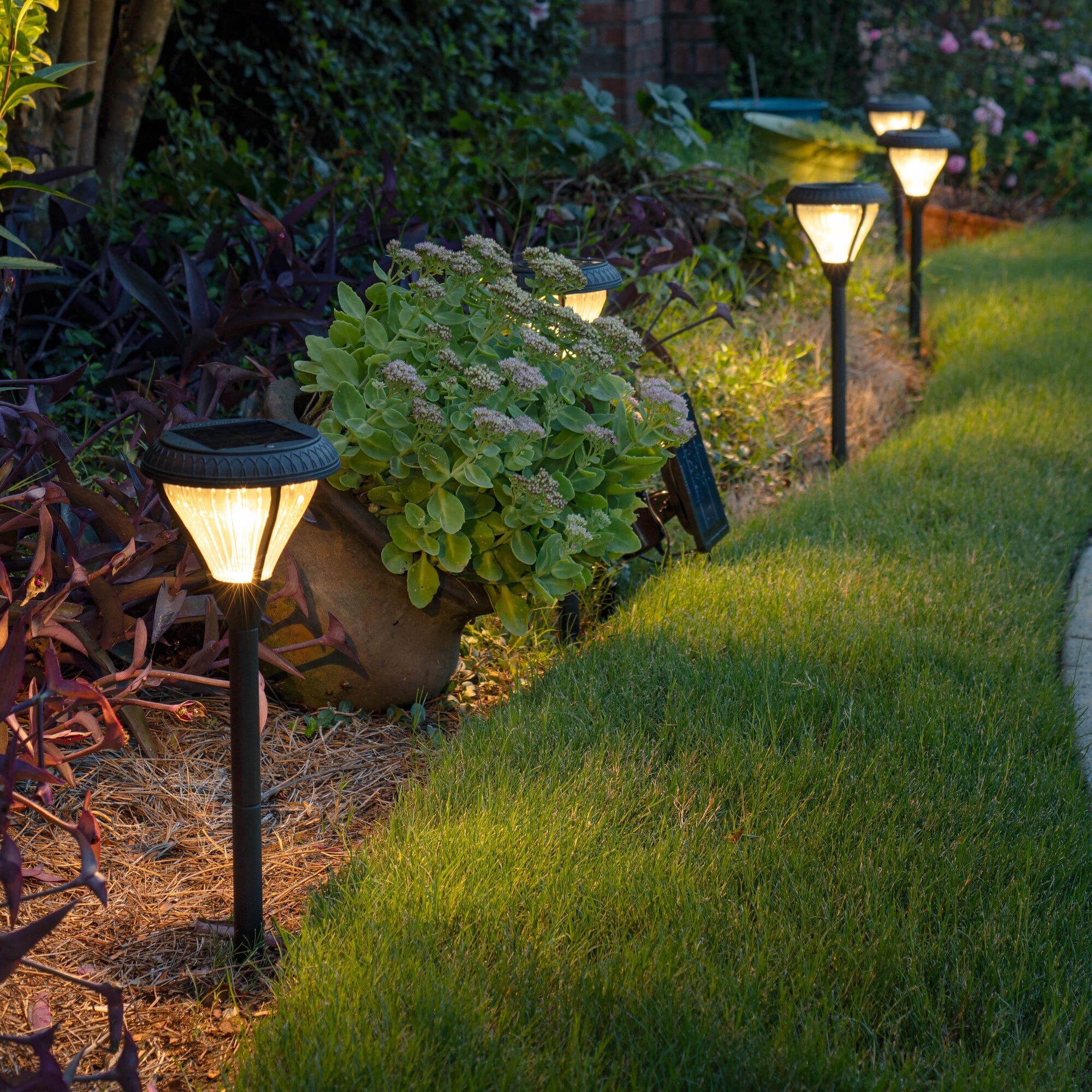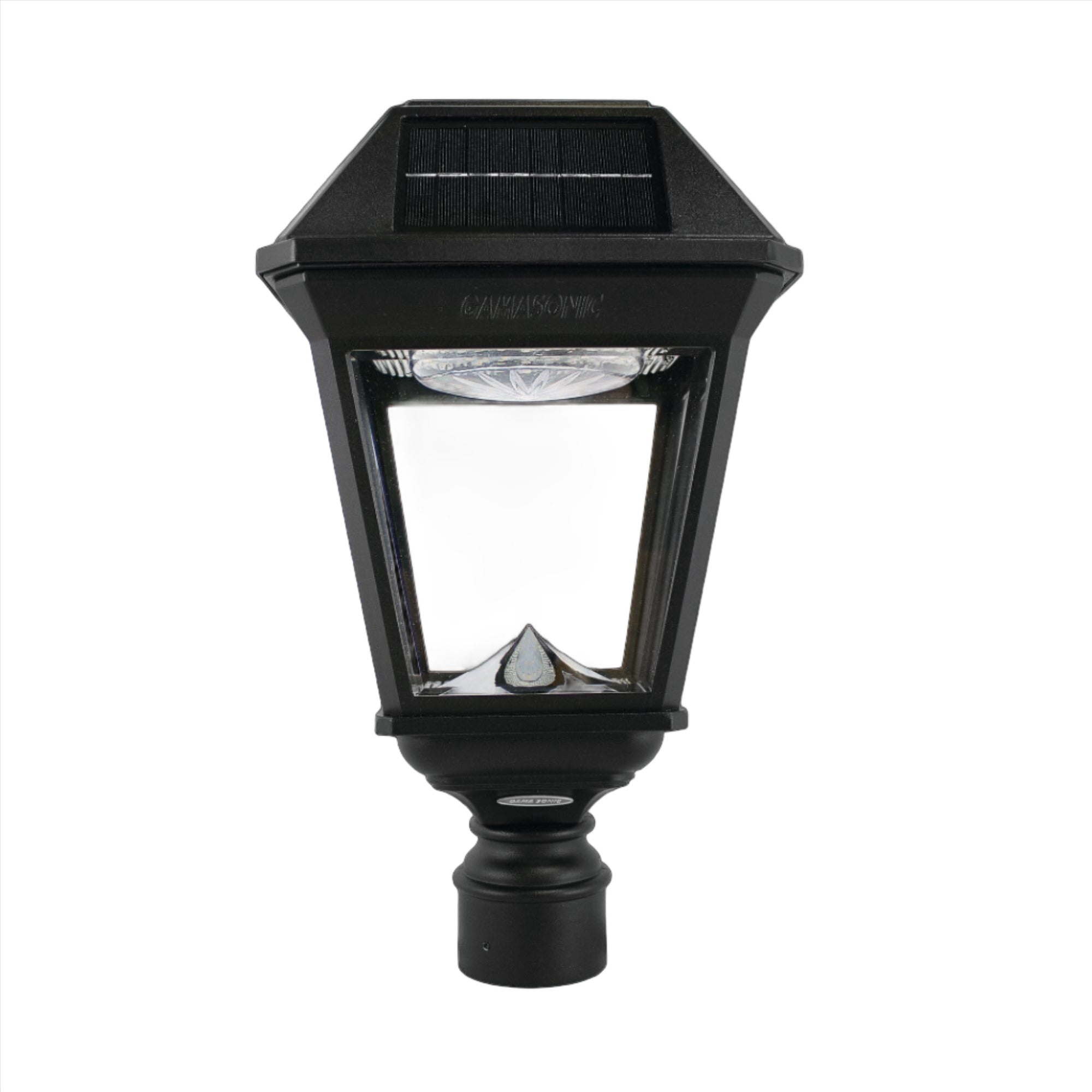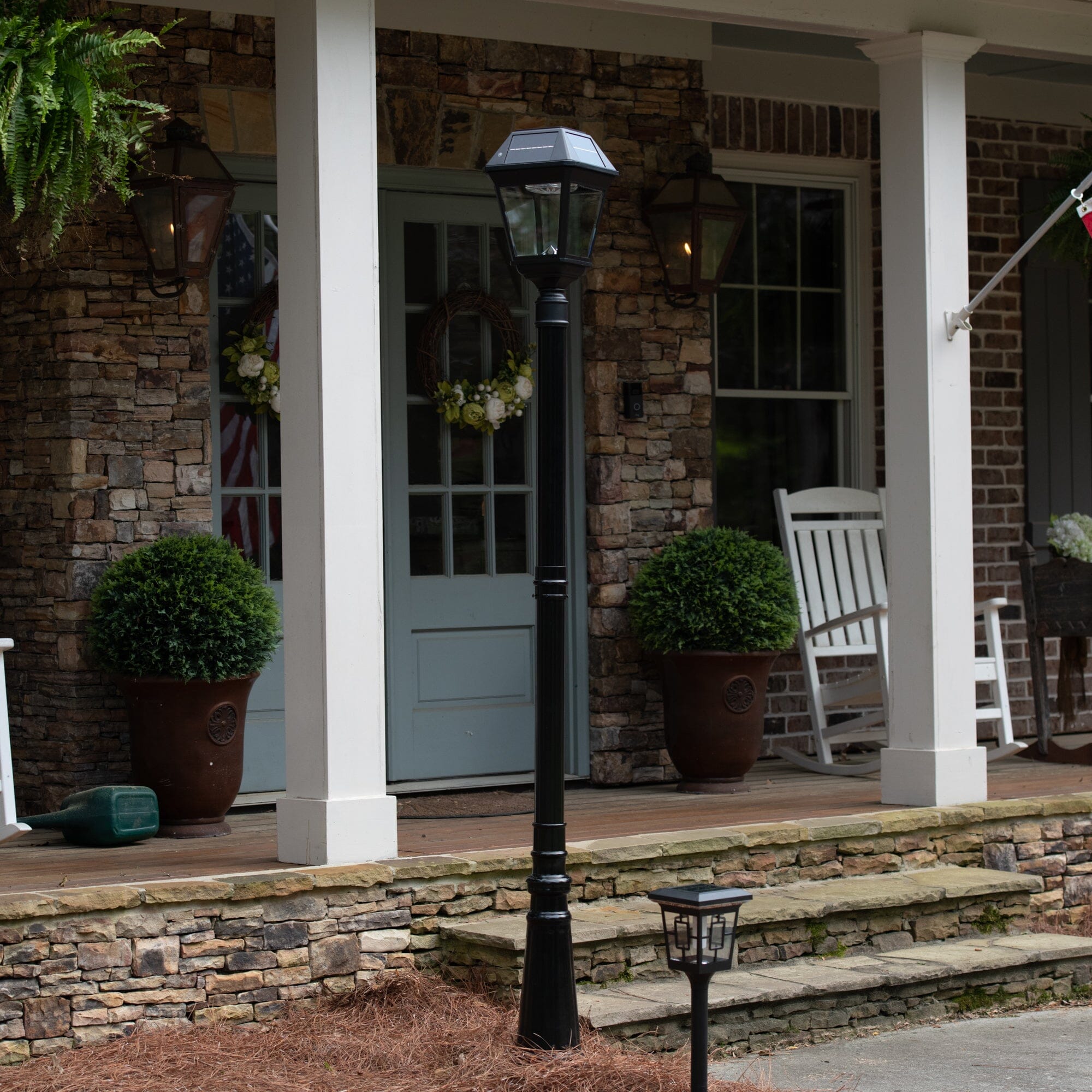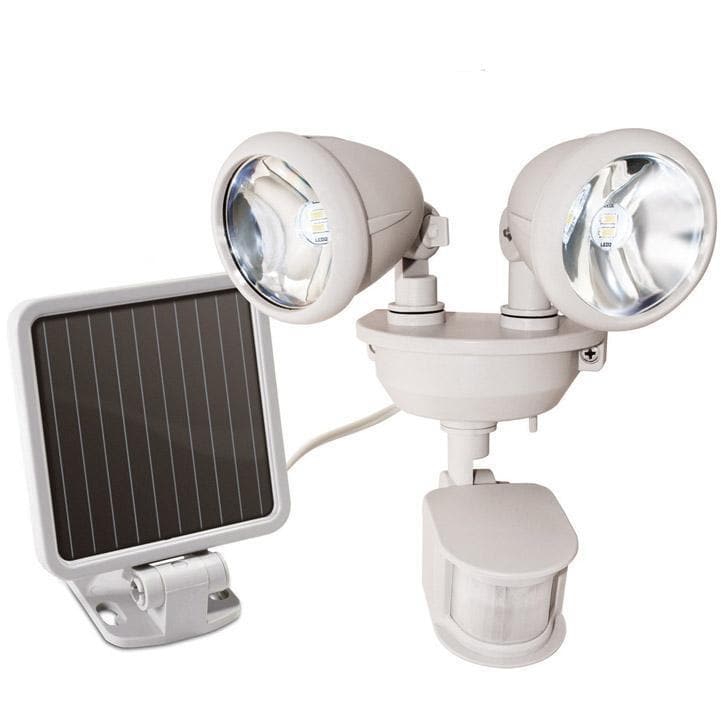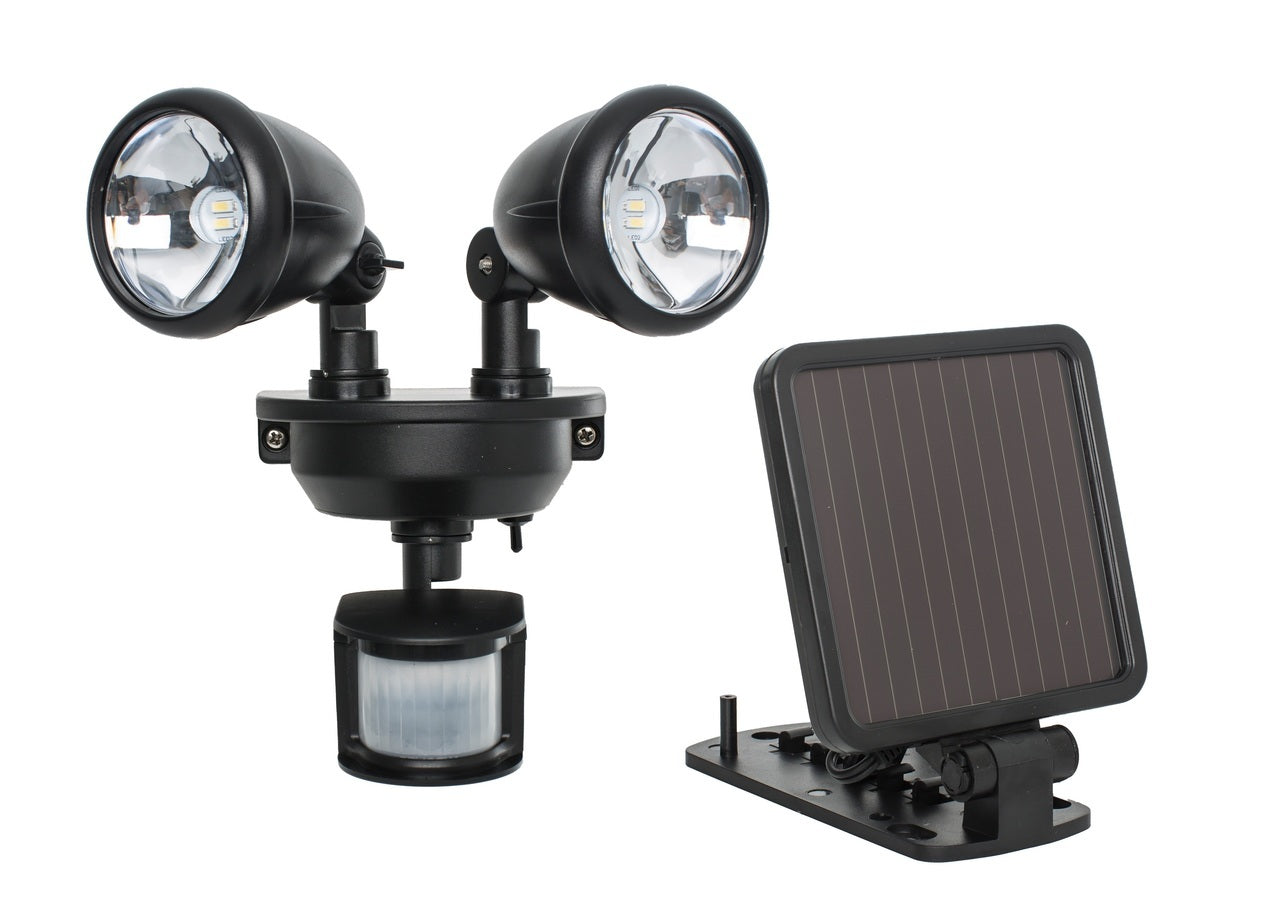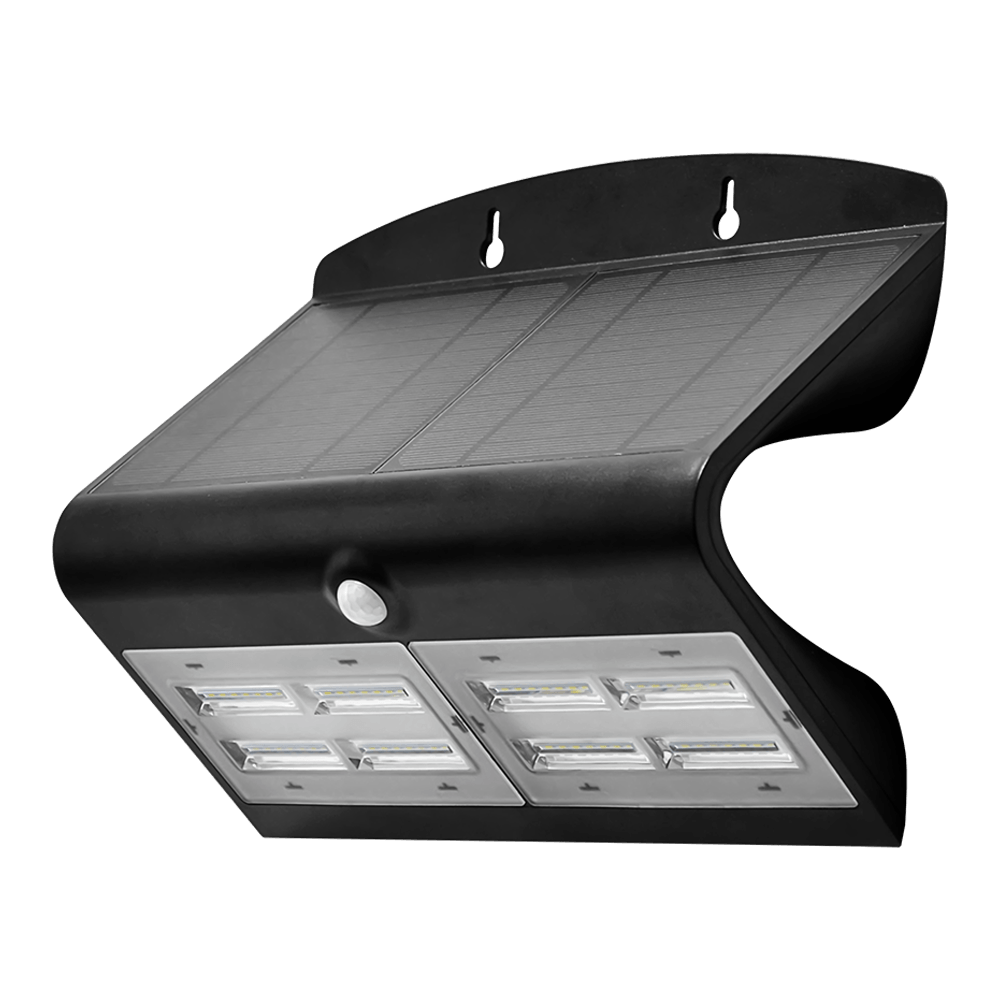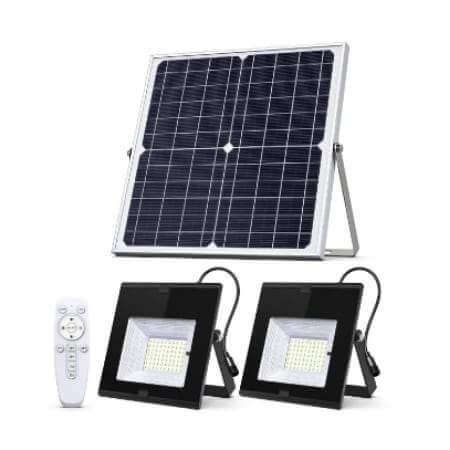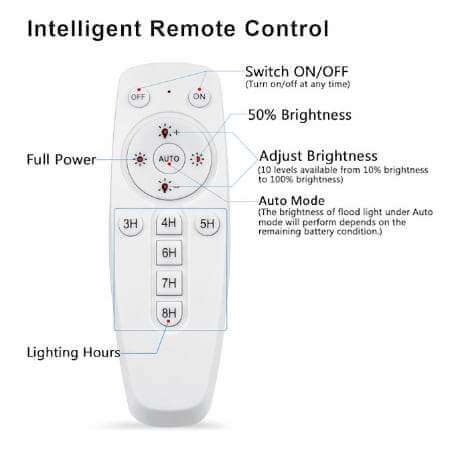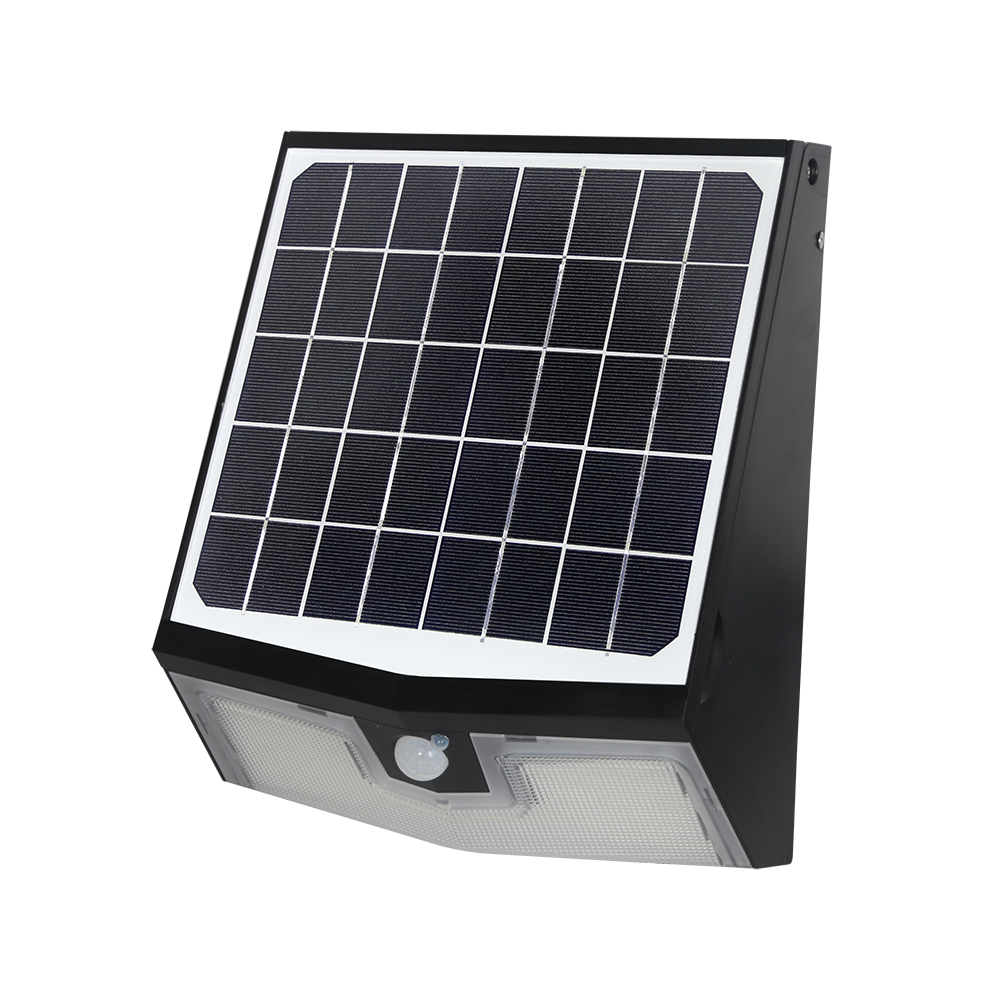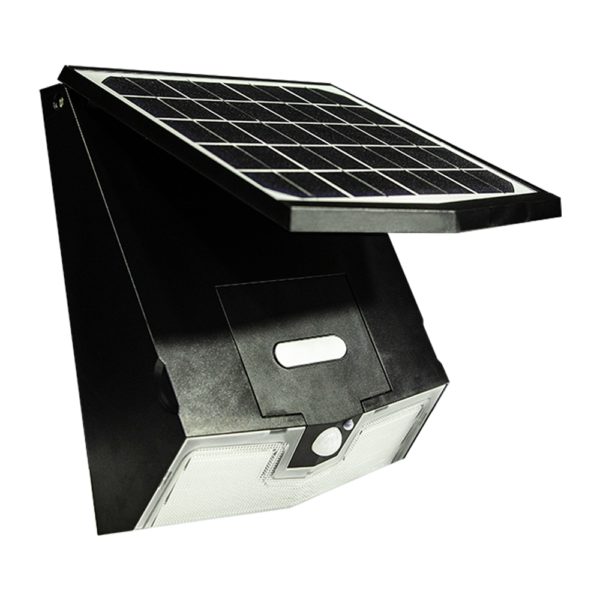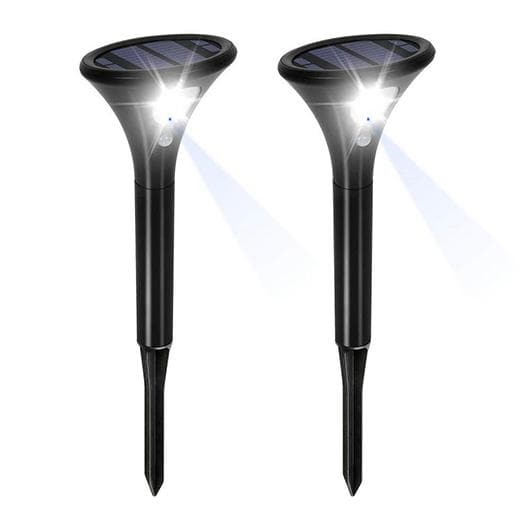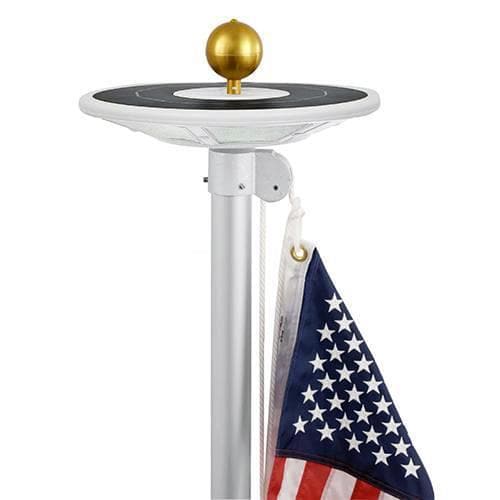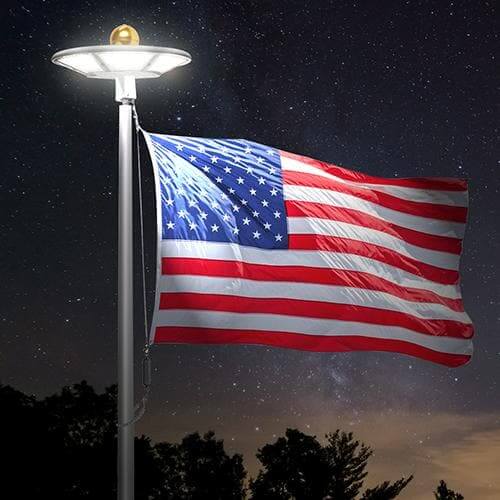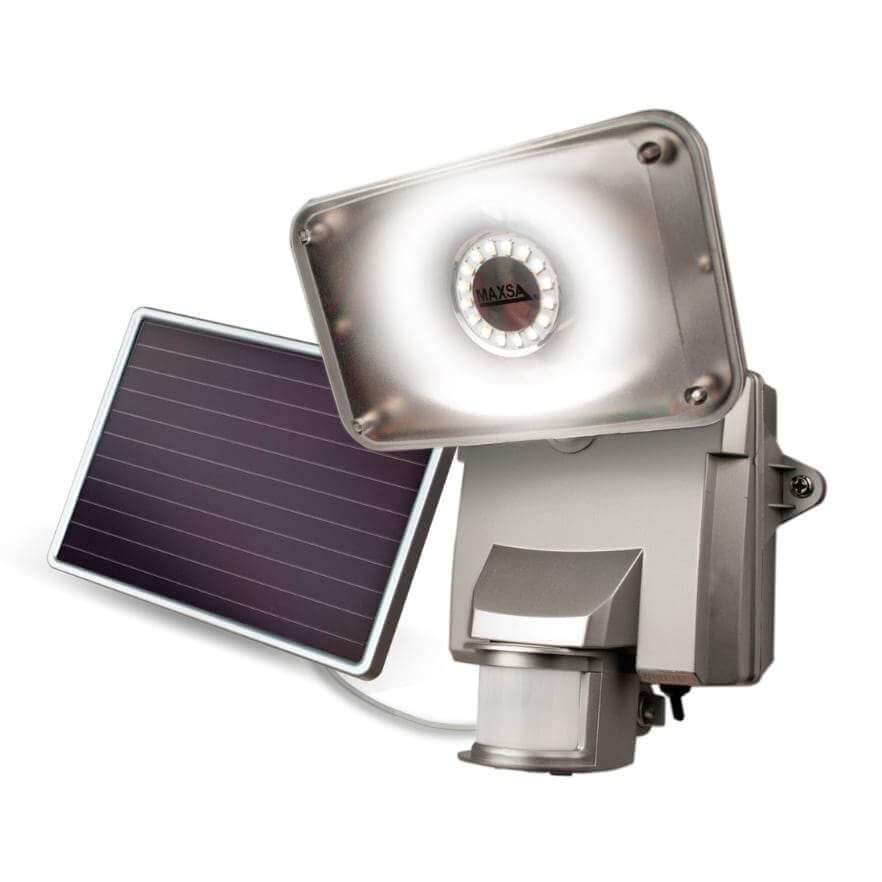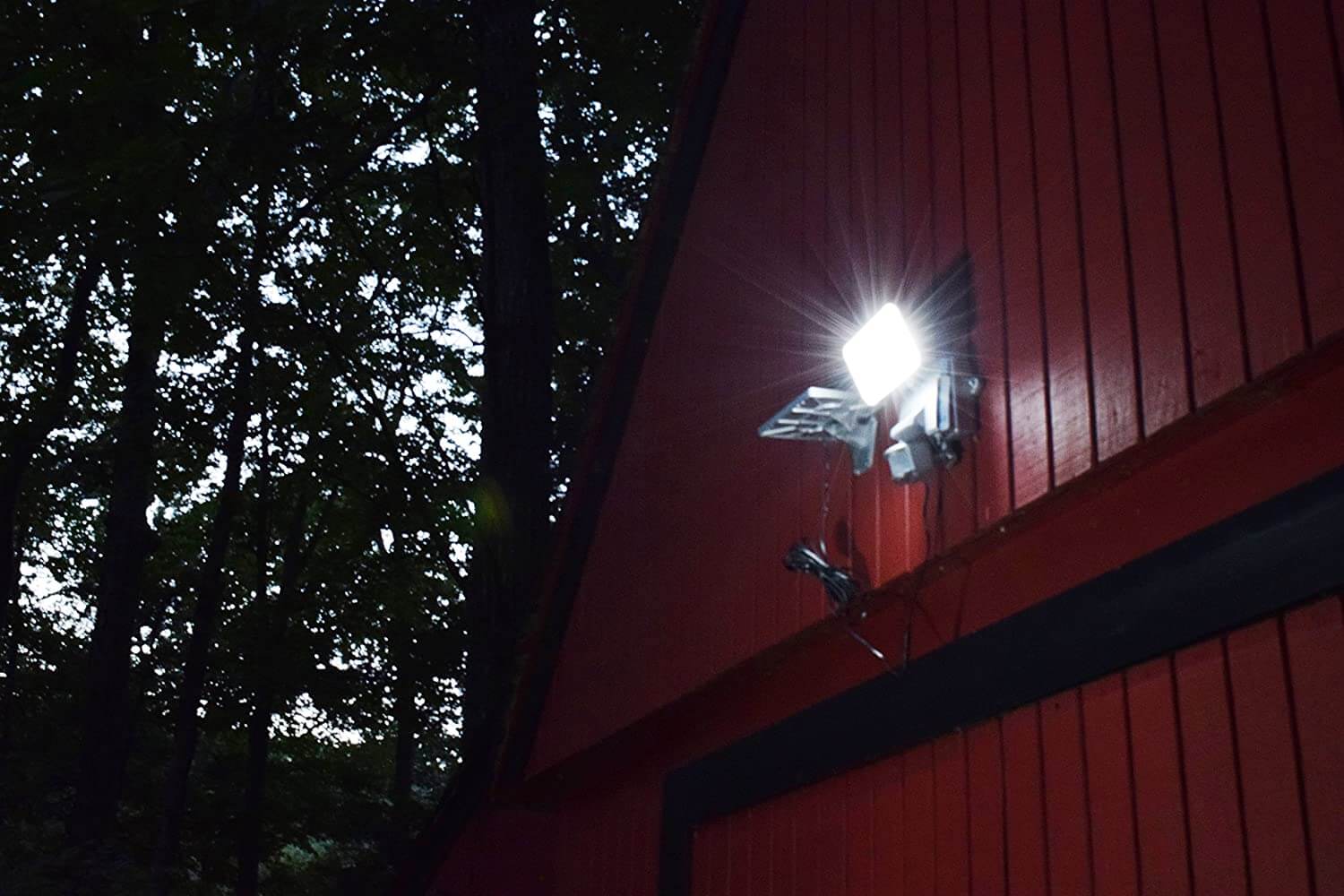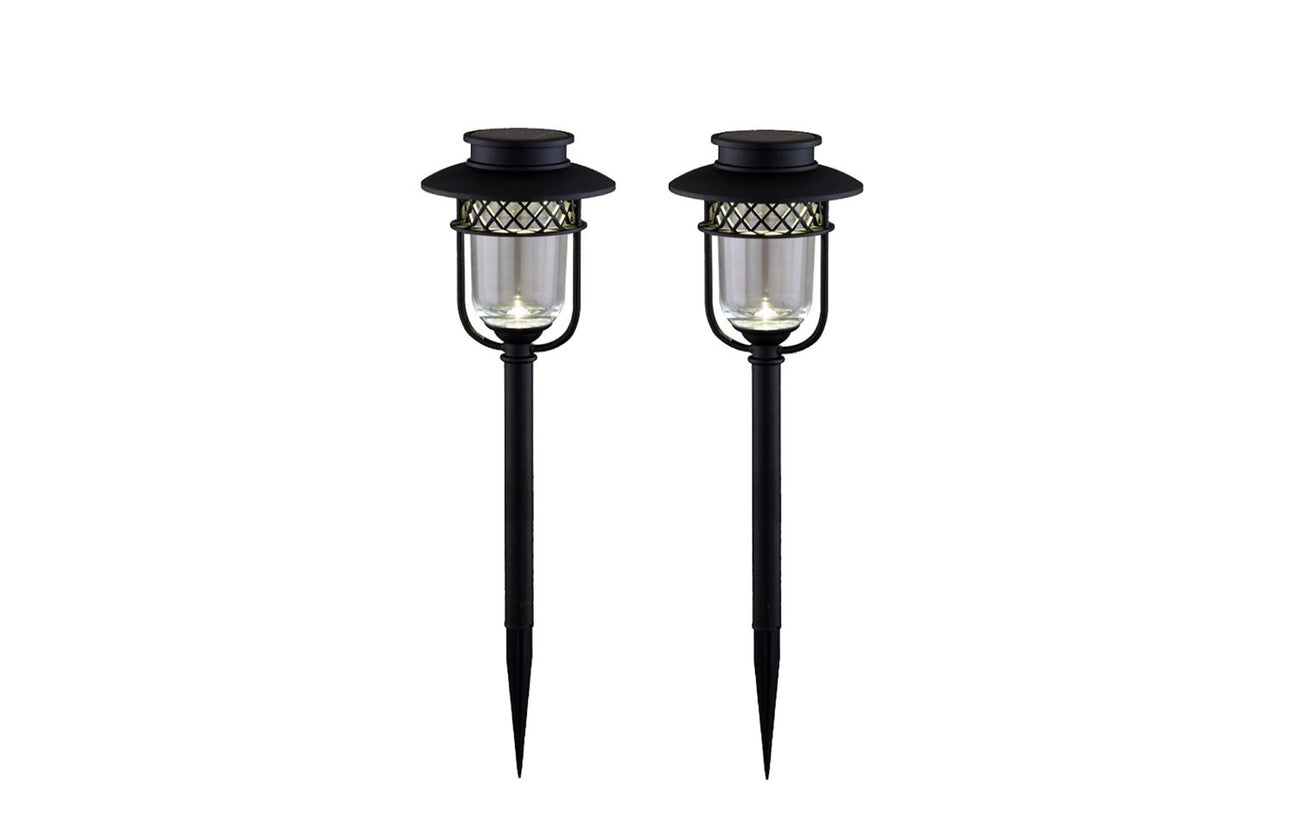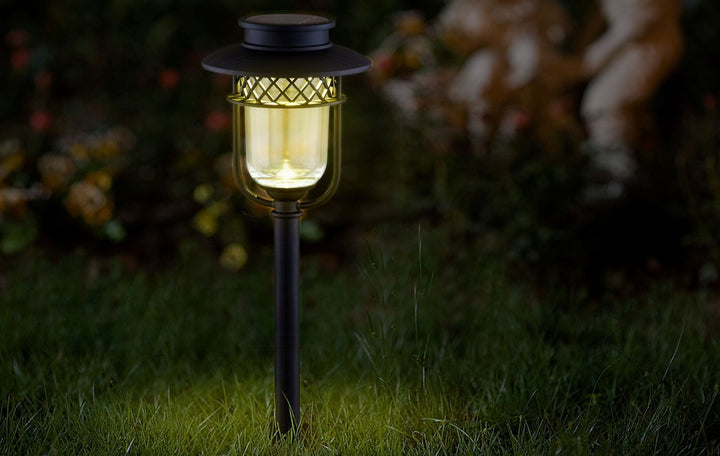There was once a time when solar lighting seemed like a futuristic concept. Since then, it has become a staple in modern homes and cities. Solar technology had to undergo an incredible transformation to reach its current level, starting with the early uses of sunlight before transitioning into the cutting-edge systems we have today. Read on to learn about the evolution of solar lighting over time and how these milestones have shaped this innovative technology.
Ancient Civilizations Utilize the Sun
The story of solar lighting begins with the ancient Romans, who would use the south-facing windows in their residences for illumination indoors. The Egyptians also harnessed the power of the sun long before the concept of solar panels existed. They used columns and pools to direct sunlight into the dark recesses of their temples.
Although these early techniques were rudimentary, they laid the groundwork for the concept that people could manipulate sunlight to provide themselves with illumination. The ancient Romans and Egyptians understood the sun’s potential and employed it creatively to enhance their daily lives, just as future generations would later.
Becquerel Uncovers the Photovoltaic Effect
Another major development in the evolution of solar lighting occurred in 1839 when French physicist Alexandre-Edmond Becquerel made a groundbreaking discovery. He uncovered the photovoltaic effect, which is the process by which light converts into electrical energy.
During his experiments, he generated currents from silver chloride with the help of sunlight. This phenomenon laid the foundation for the development of solar cells. Becquerel’s discovery was a pivotal moment in the history of solar energy since it opened the door to future innovations that would harness the sun’s power more effectively.
Fritts Invents a Solar Cell

One person who took Becquerel’s discovery a step further was American inventor Charles Fritts. In 1883, he created the first true solar cell with selenium and gold that transformed sunlight into power. Although his solar cell achieved an efficiency of nearly one percent, this invention marked a critical milestone in solar technology. It essentially transformed sunlight into usable electrical energy and paved the way for future advancements.
Kemp Patents the Design of the Solar Streetlight
The next significant milestone came in 1900 when Clarence Kemp of Baltimore patented the design of a solar streetlight. Kemp’s invention marked one of the earliest applications of solar technology for public use.
The design for the lamp featured a parabolic reflector that sent sunlight into its selenium cell. Although the world would not use solar street lamps until decades later, Kemp’s patent showcased the practical potential of solar energy and its ability to provide sustainable lighting solutions for urban environments.
Bell Labs Introduces the Photovoltaic Cell

In the mid-20th century, Bell Labs made a monumental contribution to the field of solar energy. In 1954, its scientists developed the photovoltaic (PV) cell, which was the first practical silicon solar cell capable of converting sunlight into electricity. It also had a much higher efficiency than previous attempts.
This breakthrough advanced the potential for solar energy applications, as it provided a more practical and efficient means of harnessing the sun’s rays. The photovoltaic cell became the building block for modern solar panels, revolutionizing the way we think about and use solar energy.
Solar Technology Advances in the 1990s
The 1980s finally saw the use of solar-powered street lighting; we used it to reduce energy consumption. Although the first versions of these lights were costly to install and operate, the technology substantially improved in the 1990s. This highlighted the practical benefits of solar lighting, such as reduced dependency on fossil fuels and lower operational costs.
However, many more advances occurred in the solar sector during that decade. The installation costs for panels decreased, allowing homeowners and businesses to utilize solar energy more easily. Governments also promoted their use, setting the stage for the widespread adoption of solar energy in the 21st century.
LEDs Change the Industry
A major turning point came with the advent of light-emitting diode (LED) technology. LEDs are highly efficient and long-lasting light sources, and they transformed the solar lighting industry by providing a more effective means of illumination. LEDs consume significantly less power and have a much longer lifespan than incandescent bulbs. These features made them ideal for solar-powered systems, which rely on limited energy storage.
The integration of LED technology into solar lighting products resulted in brighter lighting solutions. LEDs revolutionized the way manufacturers design and people utilize solar lighting. It’s far more practical and appealing for a wide range of applications, from garden lamps to streetlights.
How People Use Solar Lighting Today
These days, solar lighting has become an integral part of modern life, and it offers a sustainable and cost-effective alternative to traditional lighting methods. We can use solar lighting to address both residential and commercial lighting requirements. Homeowners have embraced solar lighting for various applications, from outdoor garden lights and pathway markers to security lighting and decorative fixtures.
Solar-powered light fixtures are easy to install, as they do not require wiring or a connection to the electrical grid. They are great options for people looking to save money and lower their energy consumption while illuminating their spaces. Plus, outdoor solar lighting products, such as floodlights, have expanded the possibilities for exterior illumination by providing powerful and reliable home lighting solutions.
Furthermore, solar lighting has made significant inroads into public infrastructure and businesses, which use solar light towers so that workers can continue working in dim or dark conditions. These fixtures can be especially helpful when employees must complete work in locations with limited or no access to electricity.
The evolution of solar lighting over time is a testament to how we have persevered while searching for sustainable energy solutions. You can enjoy the benefits of these efforts by purchasing solar products from Outdoor Solar Store. We offer durable, dependable light fixtures that will help you add to the ambiance or security of your residence, or you can help your employees be more efficient as they complete a night shift.

